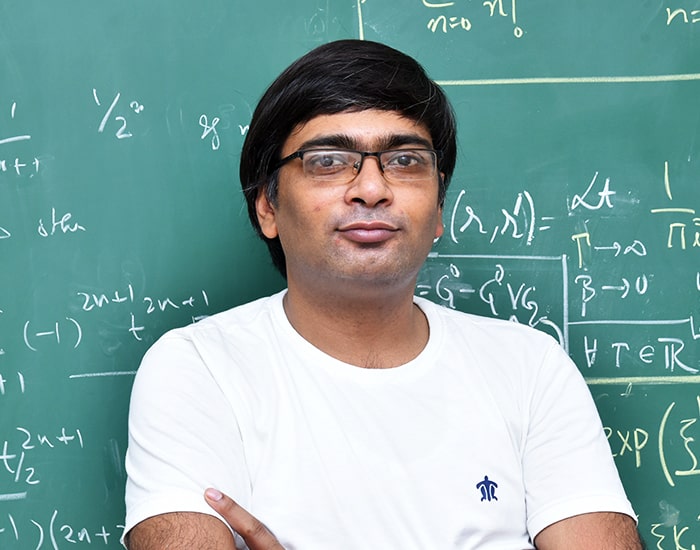
Mainak Sadhukhan
PhD (IISER-Kolkata)
Assistant Professor, Department of Chemistry
FB 424,
Department of Chemistry
IIT Kanpur,
Kanpur 208016
विशेषज्ञता
Quantum Chemistry, Noncovalent interaction, Density functional theory
शिक्षा
PhD. (2013) IISER-Kolkata
शिक्षण क्षेत्र
Quantum Chemistry
Basic Physical Chemistry
Near field microscopy
Numerical Methods
चयनित प्रकाशन
पेशेवर अनुभव
Assistant Professor, IIT-Kanpur : January, 2019-present
Postdoctoral researcher, University of Luxembourg : April, 2016-December, 2018
Newton International Fellow, University of Bristol : January, 2014-December,2015
Postdoctoral Research Associate, S. N. Bose National Centre for Basic Sciences: July, 2013-December, 2013
Ph.D., IISER-Kolkata : June, 2013
वर्तमान शोध
Most of our life processes depend on the noncovalent interactions between several molecules. From proteins to nucleic acids, literally we are driven by mechanisms whose nuts and bolts are noncovalent interactions. I have particular interests to develop and consequently apply novel quantum mechanical methods to explain and predict the fate of noncovalent interactions. I employ both analytical as well as numerical methods to achieve this goal.
I am also very interested in time-dependent quantum mechanics of strong field-atoms/molecules interactions. We will be particularly pushing towards theoretical developments towards attosecond physics.
In next few years my lab will be investing significantly for developing methods for orbital-free density functional theory and relativistic density functional theory. Our goal will be centered around developing methodologies to finally achieve reaction dynamics through OFDFT.



